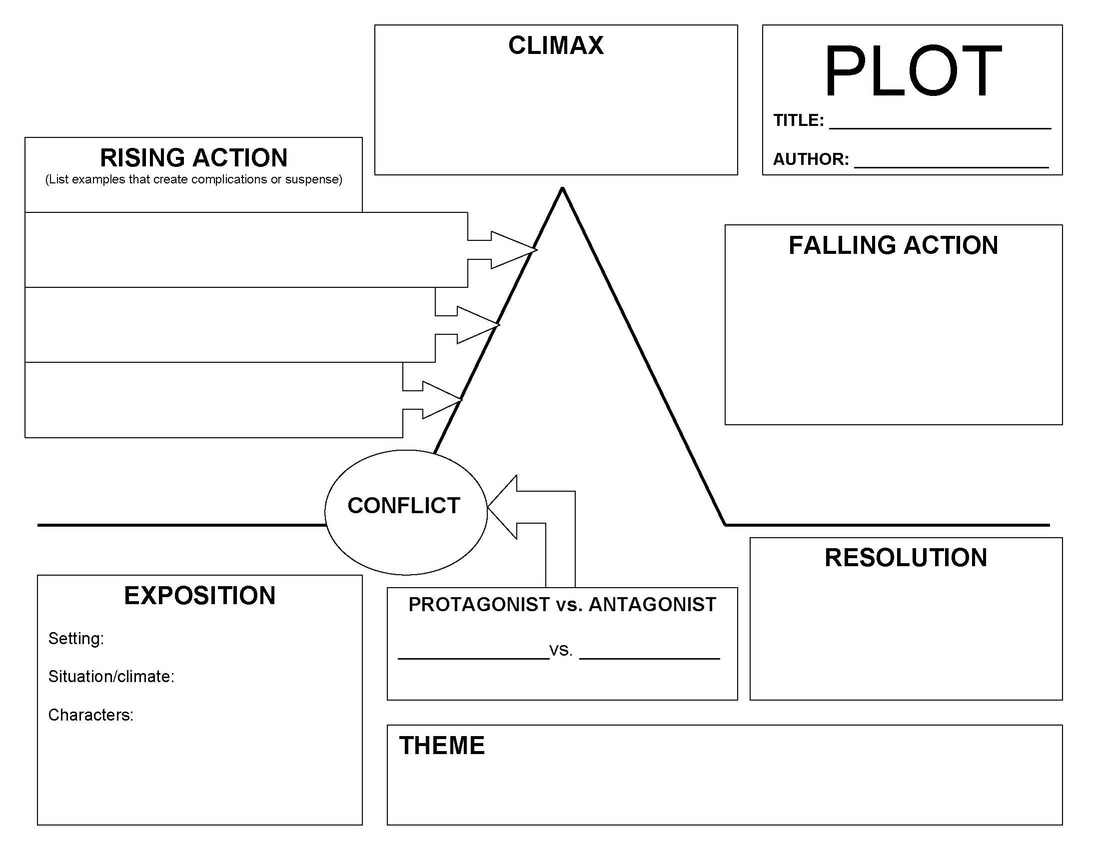

import matplotlibĪfter that, can use Matplotlib just as you normally would.

I find this to be a really nice method, as you only need to change the Matplotlib backend to enable it.

here.Īnother alternative is the drawilleplot package. ("plot '-' using 1:2 title 'Line1' with linespoints \n") Latter can be realised (as suggested here) like: import numpy as np

To use gnuplot directly from python you could either use Gnuplot.py (I haven't tested this yet) or use gnuplot with the scripting interface. However, as I commented above, I would use gnuplot as suggested e.g. If you really want to use a pure python library, you may check ASCII Plotter. 1 +-+-+-+-+-+-+-+-+Īs Barenblat pointed out, there is currently no way using matplotlib. However, there is no need to call a gnuplot subprocess, it might be much easier to use a python gnuplotlib library. Is there some way I can do something similar in Python, specifically with matplotlib? bashplotlib seems to offer some of this functionality but appears to be quite basic compared to Octave's offering.Īs few answers already suggested the gnuplot is a great choice.


 0 kommentar(er)
0 kommentar(er)
